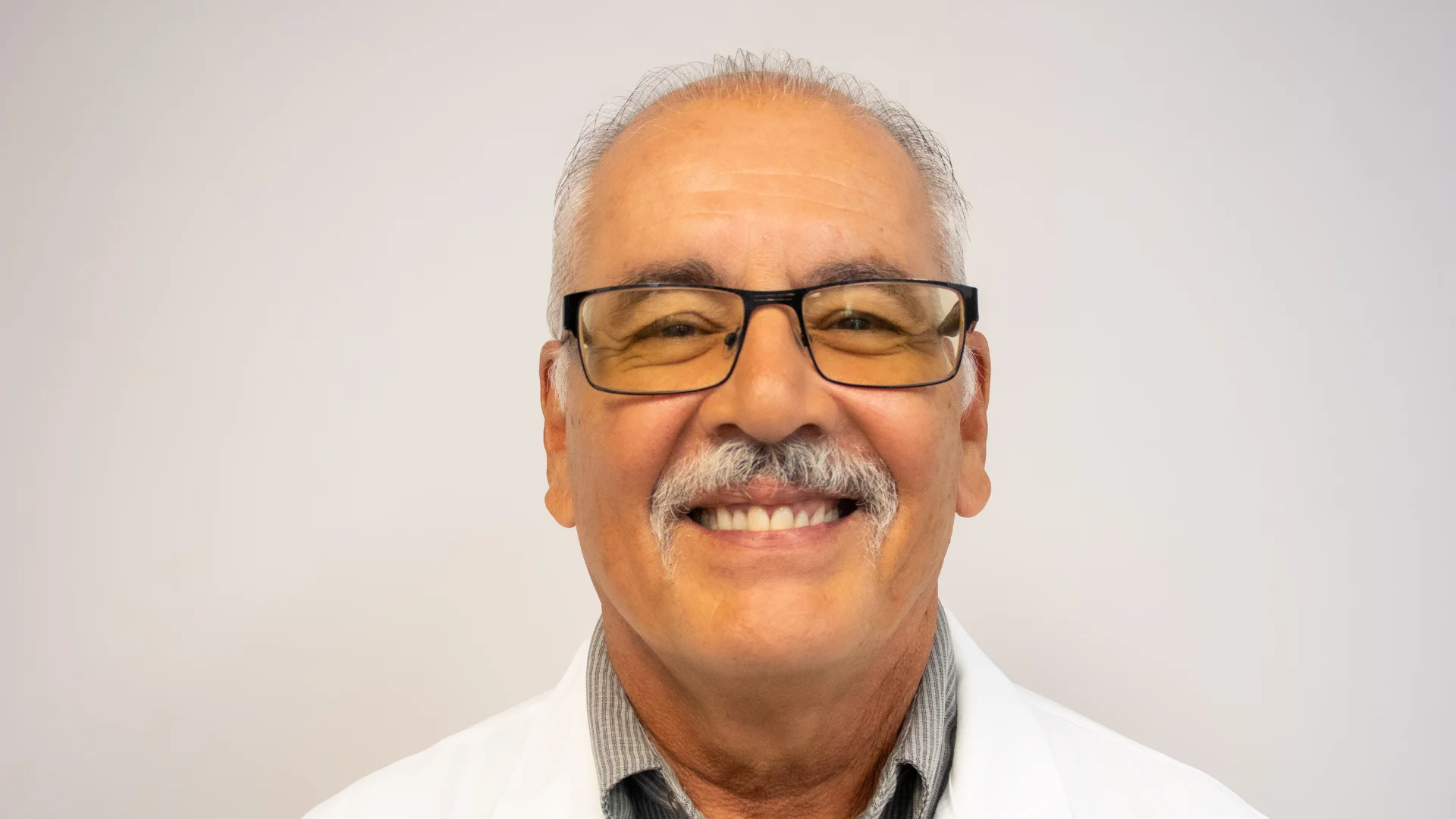The New Mexico Department of Public Safety Forensic Laboratory Evidence Unit plays a key role in maintaining the integrity of criminal cases by safeguarding evidence. The unit, with locations in Santa Fe, Las Cruces, and Hobbs, handles a wide range of items submitted as evidence, including weapons, electronics, drugs, and everyday objects.
“We receive just about anything one can put their hands on during a crime,” said Bonnie Knoll, technical leader for the Latent Prints and Evidence Units in all three labs and supervisory forensic scientist for the Latent Prints Unit in Santa Fe. “The Evidence Unit is the gatekeeper of the lab. Maintaining an intact, unbroken chain of custody once evidence is received is probably the most critical step in what we do here.”
Knoll emphasized that credibility depends on strict control over every piece of evidence entering the lab. A tracking system using bar codes and radio frequency identification (RFID) technology allows staff to monitor each item’s location at all times. If evidence approaches restricted areas within the laboratory, alarms notify key personnel.
“If you’ve ever been in a clothing or department store and gotten too close to the door and maybe there was an alarm that went off, that’s the same technology here essentially with RFID sensors in the tags on those clothing items from the barcode (made of small chips and sensors),” Knoll explained. “There are areas in this laboratory where evidence is not allowed and if evidence were to get anywhere close, then key personnel receive a notification and we can tell right then and there ‘hey something’s wrong’ and look into it and fix it,” she said. “Fortunately, we haven’t had any of those issues since I’ve been at the lab.”
“No individual in this lab can put their hands on evidence without putting their unique password into specialized evidence tracking software. The smallest mistake in the chain of custody can get a case thrown out in court – we take it very seriously.”
When officers submit items to the laboratory, each receives a unique case number and item number. Items are sealed by submitting officers before being labeled with barcodes by Evidence Unit staff. The Laboratory Information Management System (LIMS) tracks each item until it is stored securely or returned to client agencies after case completion.
Mike Barrio, Forensic Evidence Technician at Las Cruces Forensic Laboratory—which primarily manages drug-related cases—said technological improvements have made processes more efficient than before. With over 20 years at the lab, he noted: “Everything has to be done perfectly,” he said. “We get a lot of pure meth here and all kinds of pills in different colors – they look like candy sometimes. It’s so important to get this stuff off the streets for our children.”
Barrio added that having a local lab helps process drug evidence faster compared to sending it elsewhere.
The Santa Fe unit serves about 300 agencies statewide; law enforcement officers regularly bring multiple cases daily for processing. Shawn Kesler, Evidence Unit Supervisor at Santa Fe Forensic Lab, described challenges arising from differing packaging procedures among agencies: “Every agency has their own policies and procedures on how they package evidence and so when we receive it here, we do have to go through it and make sure that those policies and procedures that each department has on their own also meets our requirements in order to be submitted,” he said.
Kesler highlighted his commitment: “If we can’t maintain that chain of custody and the integrity of the evidence, nothing will hold up in court no matter what the scientists find,” he said. “Here in the Evidence Unit, people work hard every day and take pride in what they do knowing what it means for the victims and their families and the accused and ensuring the integrity of the evidence and a fair trial for all.”
Forensic Laboratory Director Katharina Babcock underscored attention to detail during courtroom testimony: “Details are everything. The jury notices all those details in the courtroom... I would begin by describing the packaging, the barcode, the RFID tag, the tamper-evident seals, my initials and date over each seal... how it had not been opened since I had last examined [the item].”
“It’s incumbent on each one of us to demonstrate and explain how each person in the lab has a hand in protecting the integrity of the evidence," Babcock concluded.









